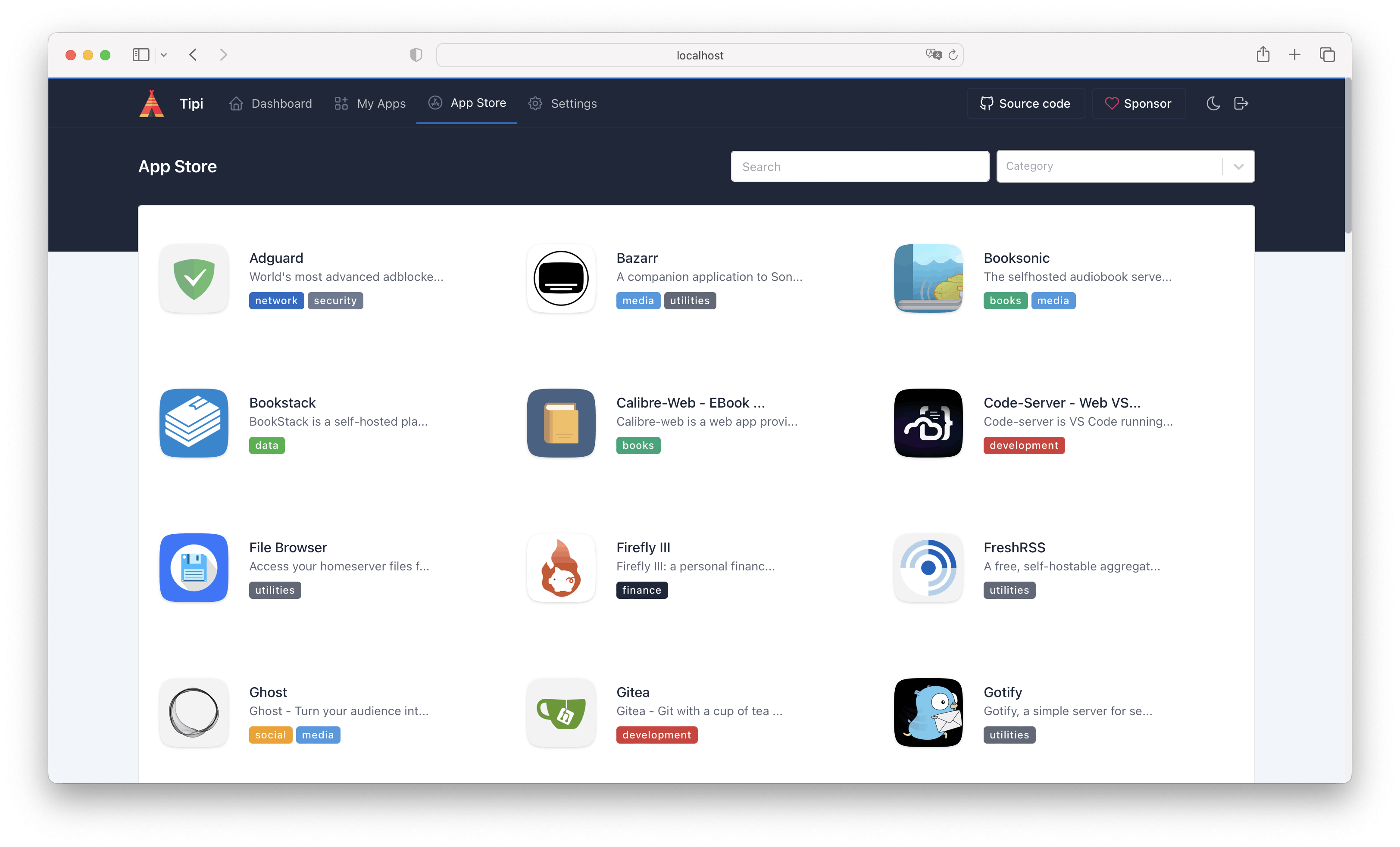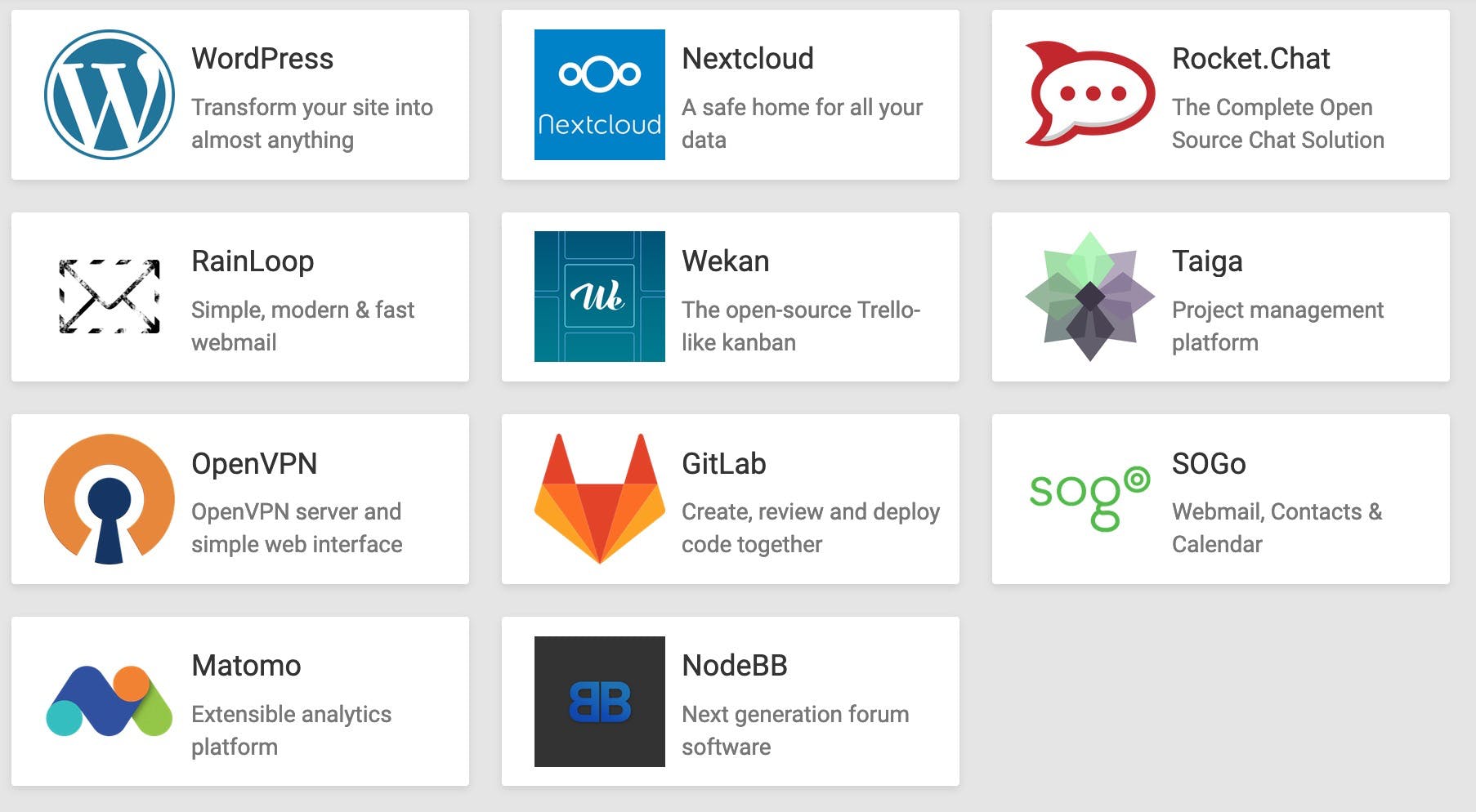Intro to Self-hosting Infrastructure 🏗️
self-hosting your own infrastructure in your own servers
Introduction
Have you ever thought about self-hosting your own infrastructure? If not, this post is for you! I'll tell you why I decided to move my infrastructure to self-hosting, how I did it and what are the benefits of self-hosting.

Self Hosting your own data
Self-hosting your own data is a great way to take back control of your data. You can host it on servers you own and control, rather than relying on third parties like Amazon or Google. This gives you more control over what happens with your information, but it also means that you're responsible for maintaining the server.
You'll need to install an operating system (OS) by purchasing hardware dedicated entirely to running an OS such as Linux x64-bit version. Once installed, we recommend using Docker containers because they're more accessible than other methods of deploying applications and services
Self Hosting your own services
The first step to self-hosting infrastructure is choosing the right services. The most common example is email, which you can set up on a server using something like Postfix or Sendmail. Or, git repositories, which you can set up on a server using something like Gitlab or Gitea.

Data in your hands
Data sovereignty is a big deal. It means that you're in control of your data and that no one else can use it without your permission. You might have heard about this before it's one of the primary reasons why people choose to self-host their own infrastructure.
With cloud providers, there is always an inherent risk that they will use your information for advertising purposes or sell it to third parties (and yes, even during GDPR compliance). But with self-hosted infrastructure, this risk is eliminated entirely because only you can access it! Your data will remain safe while still being accessible by others who need access as well through APIs or other secure methods of communication between systems, which you choose to allow.
Only Pay for the Server
The only costs you'll have to pay are for the server itself. This means that you don't need to worry about any third-party dependencies, payments, or subscriptions.
No third-party dependency
When you use a third party, you give up control of your data to them. They can also become a security risk for your users.
Third parties are often unreliable because they're not dedicated to just one service and may not be able to provide the level of support required by your customers or business.
Open Source
Open-source software is free. This is not a big deal, but it means that you won't have to pay for any third party in order to use them fully.
Open-source software is transparent. You can see how the code works, which makes it easier for you to understand how your site works and fix any bugs if they do occur.
Open-source software is secure and reliable because of its transparency; there are many people who test and review open-source code before it's released into the wild, so there's less chance of bugs being missed or ignored when using an open-source solution like WordPress or Drupal than with proprietary solutions like Squarespace (which isn't really an option for self-hosting anyway). Open-source projects also tend to get updated more often than closed ones because there's always someone working on them!
Open source projects are community driven: if something breaks or needs improvement then other people in the community will step up right away you don't need any special skills or training because YOU CAN HELP OUT TOO!!

Secure
Security is the main reason to self-host. You have complete control over your data and can store it in a secure way.
You can use encryption to protect your data.
You can use firewalls, intrusion detection systems (IDS), and other security features to protect your infrastructure from outside threats.
Try out self-hosting!
Self-hosting is a great way to learn how to code and manage a server. It can be used to build your own service or as a learning tool for other languages. If you have any interest in self-hosting, start with something simple like GitLab CE or WordPress on Nginx, then move on to something more complex like running an IRC server or Mastodon instance (if you're feeling really adventurous!).
Conclusion
I think that self-hosting is a great way to get started with serverless technology. It's easy to set up, and you can use it on any platform (Linux, Windows, or Mac). You can also host your own services and data on your own servers instead of relying on third parties like Amazon Web Services or Google Cloud Platform. If you have any questions about this guide or anything else related to serverless development in general, feel free to leave them below!

